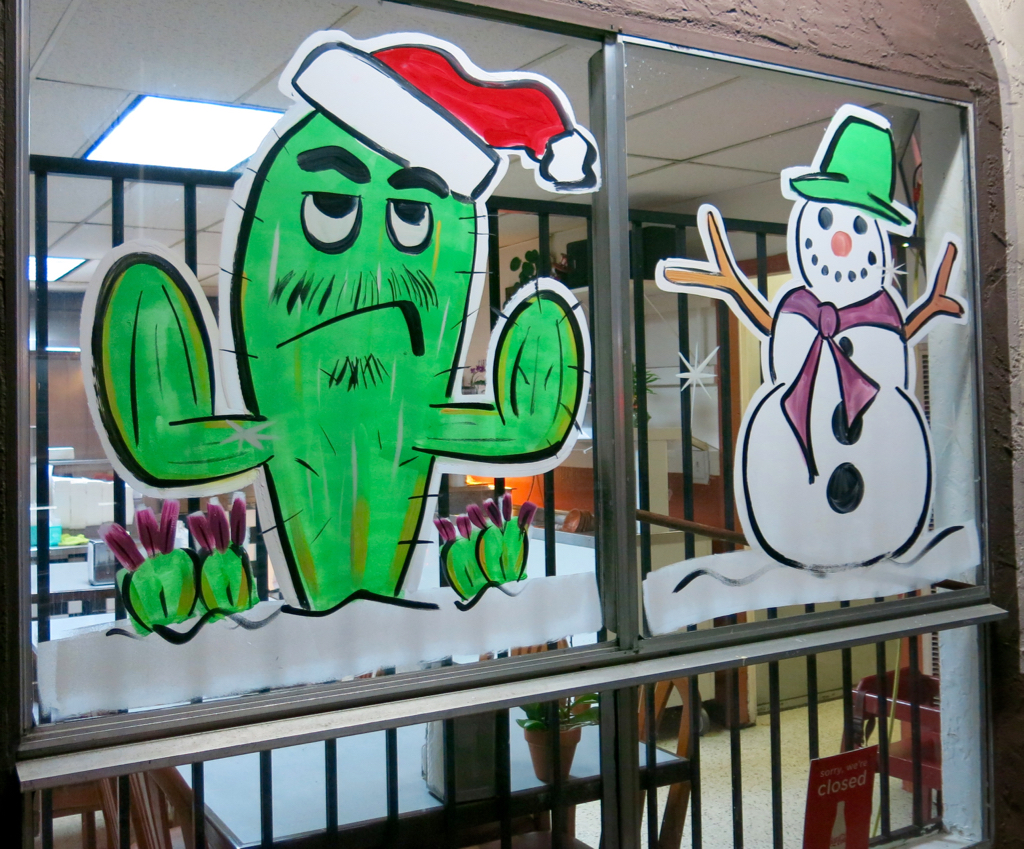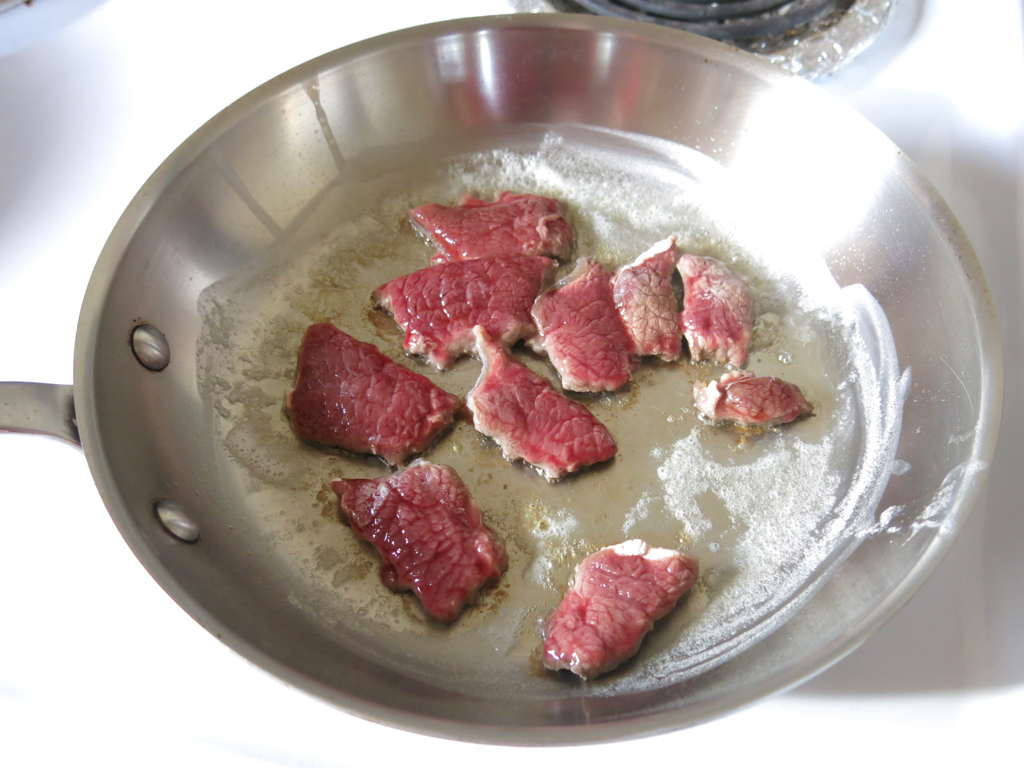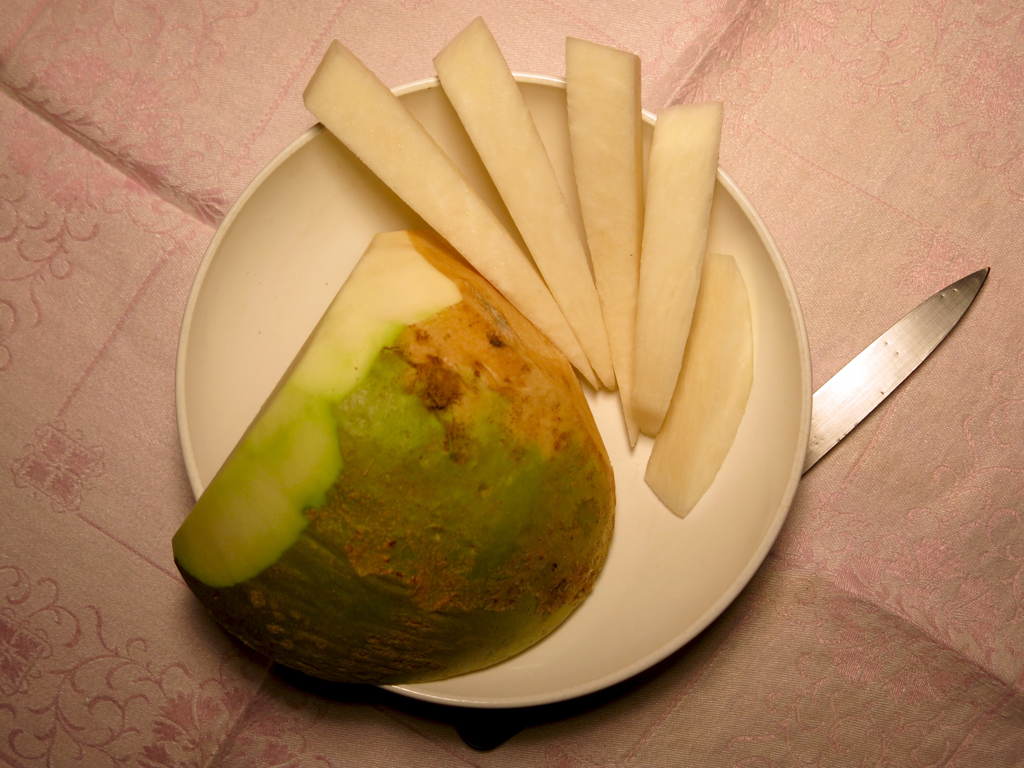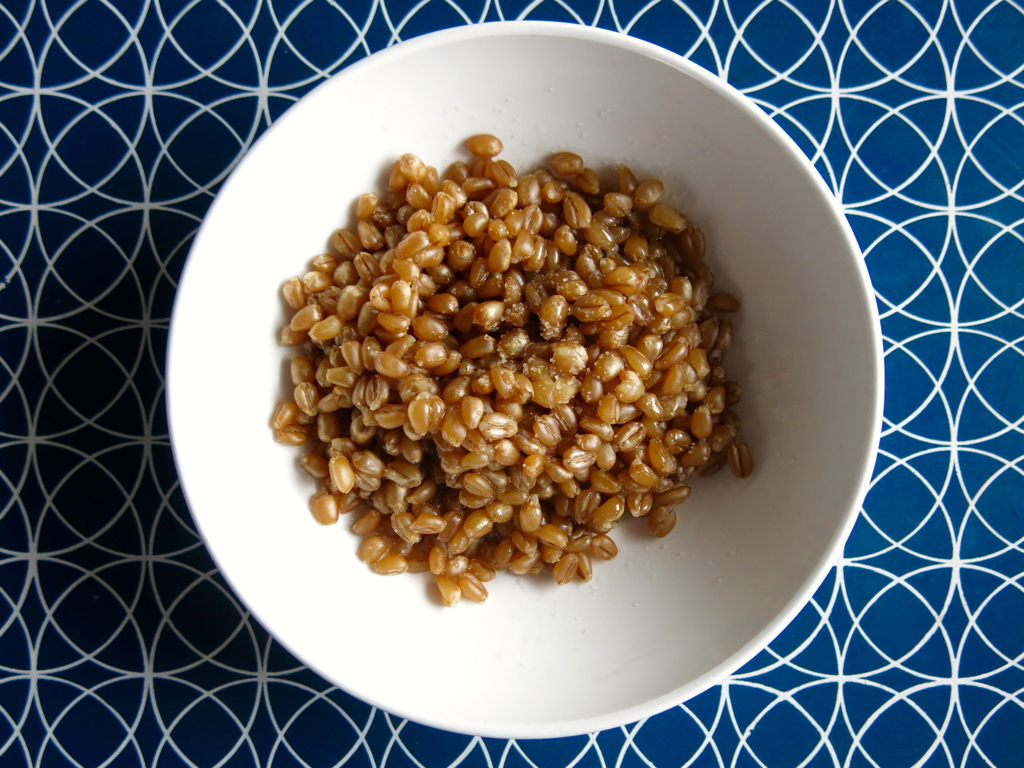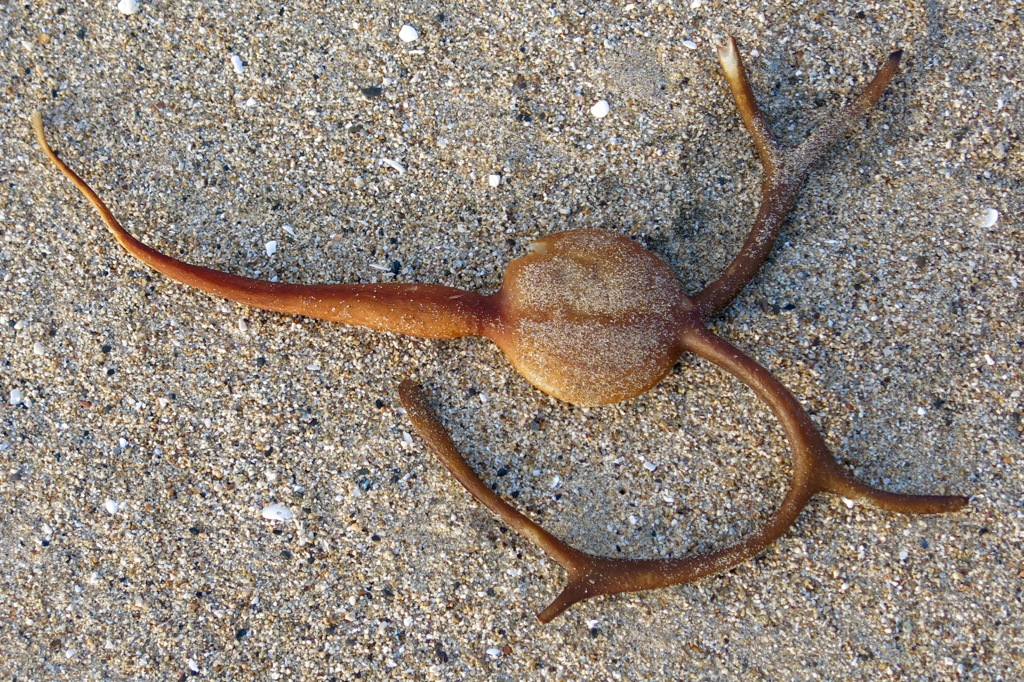Theology may not be what you think it is.
Theology used to be a Western intellectual discipline that tried to describe God, humans, and the world in an objective fashion, that is, as if these are objects that can be described. This kind of theology began with the making of myths, and persisted for centuries in the West as rational descriptions of the objective reality of God, humans, and the world. Call this kind of theology “first-order theology.” First-order theology went unchallenged until the Enlightenment, when Kant and others showed that we cannot treat the idea of “God” as an object of experience in the way that “tree” or “human” can be treated as an object of experience.
After Kant, theology entered a phase when it increasingly compared religions, and compared different theologies. This phase recognized that different human groups have different theologies, something that missionaries and colonial expansionists previously had known. However, theologians went beyond the missionaries and colonialists: they recognized that of the different possible theologies, none has an exclusive claim to truth. The chaotic proliferation of theologies in the West since the mid-twentieth century — theology of hope, theology of revolution, death-of-God theology, atheist theology, feminist theology, black theology, queer theology, etc. — has emonstrated clearly that no single theology has an exclusive claim to truth. Call this phase “second-order theology.”
Gordon Kaufman, in his An Essay on Theological Method (1975), has proposed what he calls third-order theology: theology that acknowledges that it is a construct of the human imagination, and moves on from the chaos of second-order theology to something new:
“The increasing encounter of world cultures, on the one hand, and the development of such sciences as cultural anthropology on the other, have produced a level of sophistication which makes first-order theology no longer a viable alternative…. Second-order theology, however, taken by itself is not adequate to meet the human needs for orientation in life: it leaves us with a chaos of conflicting claims and criteria rather than guidance in the order and orienting of our lives. It is necessary for theology now to move to the third-order of deliberate construction if it is to serve contemporary humanity….”
Kaufman is telling us that it is no longer adequate for a theology to describe what it believes to be true. This is the fatal flaw of both fundamentalist Christianity and unbending atheism: now you have to do more than just shout out what you believe to be true. Kaufman is also telling us that it is not adequate to compare and contrast competing theologies, “aware that all positions, including one’s own, are in large part imaginative constructions”; we have to move beyond comparison to the task of constructing something that provides meaning and direction to human life.
And in undertaking this construction of something new, Kaufman brings up two key points. First, the “proper business” of theology should be “analysis, interpretation, and reconstruction of the concept and images of God, as found in the common language and tradition of the West.” I think Kaufman is wise here to limit the business of theology to the West, and to religions that originated in the West: I strongly suspect that the business of theology does not apply the religions of Asia, Africa, and other regions; these religions have their own ways of doing things.
Second, Kaufman reiterates that theology must now become a “constructive activity.” In the past, it was enough for theology to describe, then later to compare, but that’s no longer enough. Theology should be “a construct of the imagination which helps to tie together, unify, and interpret the totality of experience.” This new way of doing theology might be confusing for the fundamentalists and the atheists, and for many others who look at theology with the same delightful naivete — they may have to deal with the fact that theology is not what they think it is.
Elsewhere, Kaufman quotes Wittgenstein’s Philosophical Investigations: “Theology [is] grammar.” [The full quote reads as follows: “373. Welche Art von Gegenstand etwas ist, sagt die Grammatik. (Theologie als Grammatik.) — Grammar tells what kind of object anything is. (Theology as grammar.)”] And I think helps explain what theology can do. We need a way to make sense out of existence. We use ordinary language, ordinary words like “God” and “sacred” and “transcendent” to make sense out of existence. And we should understand that there is a grammar that governs how we use ordinary language to make sense of existence. Grammar does not restrict constructive theology, any more than grammar restricts poetry. Grammar provides structure for doing theology, just as it provides a structure for doing poetry.
I brought up poetry on purpose, because again and again I have found myself turning to poets for theology. For example, Margaret Atwood’s cycle of poems on the death of her father (in her book Morning in the Burned House) can be read as constructive theology that analyzes, interprets, and reconstructs “God” as it is found in common English language. Atwood, as it happens, does not find the traditional God of conservative Christians. But she doesn’t waste time in Christian-bashing, nor does she waste time comparing her theology against some other theology. She constructs a theology that helps me to understand the sacred and the transcendent and God (whatever those words mean), as she reflects on death and grief:
…Where have they gone to, brother and sister,
mother and father? Off along the shore,
perhaps. Their clothes are still on the hangers,
their dishes piled beside the sink,
which is beside the woodstove
with its grate and sooty kettle,
every detail clear,
tin cup and rippled mirror.
The day is bright and songless,
the lake is blue, the forest watchful.
In the east a bank of cloud
rises up silently like dark bread. …
This is how we construct a theology that provides a kind of grammar for our lives, a theology that tells us what kind of thing something is: If it is sad, how is it sad? If it is meaningless, how do we then create meaning? If it is sacred, what is it about a day that is bright and songless that imbues life with meaning and maybe even hope? Good sermons and good poems both use the words and grammar of common language to help us construct meaning in our existences. This is why I say: theology may not be what you think it is.
